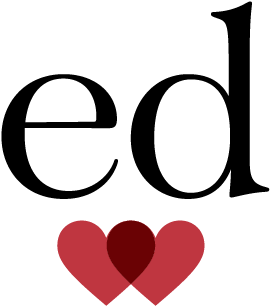The 5 Steps of the Hyper-Learning Journey
1. Take ownership of and manage your ‘Inner World’
Your inner world includes your ego, mind, body, and emotions. Understanding how your inner world works and learning how to manage it so you can optimize your hyper-learning is essential. That is not an easy task. But it is not rocket science. It requires self-discipline, and the use of daily practices designed to help you achieve ‘inner peace’ – a state of inner stillness and calmness that enables you to embrace the world with your most open, non-judgmental, fearless mind, and with a lack of self-absorption.
2. Excel at “Otherness”
The science is clear that no one can optimize their learning by themselves. We need others to help us overcome our reflexive ways of being. Otherness requires learning how to reflectively listen to others in ways that validate their human dignity and to behave in ways that build trust. All of that requires positive emotional connecting and relating with others and emotional intelligence.
3. Adopt a ‘NewSmart’ mindset
Old smart was evidenced by making the highest grades in the class by making the fewest mistakes. That led us to define ourselves by what we knew and how much we knew. Well smart technology will win in that game every time because it will know much more than we will ever know and it will remember it perfectly. So, we need a new definition of smart that helps us win:
I’m defined not by what I know or how much I know, but by the quality of my thinking, listening, relating, and collaborating.
My mental models are not reality – they are only my generalized stories of how my world works.
I’m not my ideas, and I must decouple my beliefs (not values) from my ego.
I must be open-minded and treat my beliefs (not values) as hypotheses to be constantly tested and subject to modification by better data.
My mistakes and failures are opportunities to learn.
4. Embrace ‘Hyper-Learning Behaviors’ and traits.
Learning is behavioral. Examples of Hyper-Learning Behaviors and traits include the following: curiosity; open-mindedness; humility (a quiet ego); mindfulness (being fully present); empathy; courage; resilience; manages self; embraces uncertainty and ambiguity; challenges the status quo; emotional intelligence; stress-tests one’s thinking; collaborates effectively; Data-driven decision making; listens reflectively; trustworthiness and integrity. The book gives you a methodology of how to improve these behaviors.
5. Approach each day as being a continuing ‘Journey to Your Best Self’
Have the curiosity, open-mindedness, and resilience of a young child; the courage of an explorer; and the ability to think like a scientist, and to imagine like an artist. And be a mindful, caring, compassionate person who excels at ‘Otherness’.
Those are the skills that you will need in order to excel and have meaningful work in the Digital Age.
This Book teaches you how to do that!
